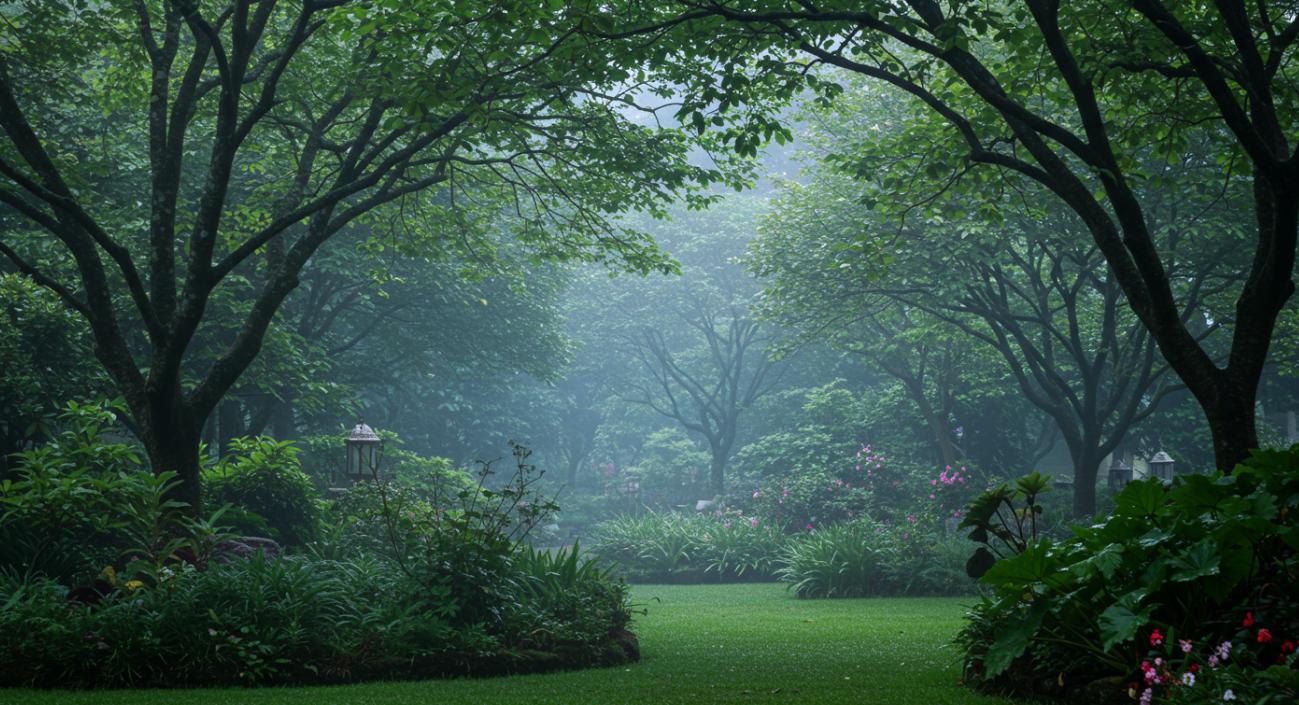
Challenges of humid climates
Humid regions present distinctive hurdles for tree treatment. Plants in these locales face increased risks related to moisture levels, which can lead to disease and insect infestations. Recognizing and addressing these issues early is essential for ensuring trees remain healthy and resilient.
Common problems in humid regions
A variety of challenges plague trees in humid climates. Below are some common issues to be aware of:
- Fungal diseases: High humidity can lead to conditions favorable for fungal growth.
- Pests: Insects such as aphids and spider mites thrive in moist environments.
- Root rot: Excessive moisture can cause root suffocation and decay.
Watering techniques for healthy trees
Proper watering techniques are vital in humid climates to avoid oversaturation while ensuring trees receive adequate moisture. Knowing what your trees need helps you water them effectively.
When to water?
Optimal timing can prevent issues related to overwatering. Watering early in the morning is ideal, as it allows moisture to penetrate the soil without evaporation. Similarly, during hot weather, watering late in the afternoon can provide dampness before the cooler evening.
How much to water?
Too much water can lead to root problems, while too little can stress the trees. Generally, a good rule of thumb is to apply 2 gallons of water for every inch of trunk diameter. Adjusting the amount based on the soil’s moisture threshold is advisable.
Essential fertilization practices
Regular fertilization is essential in humid climates to replenish nutrients leached by excessive rainfall. Knowing the nutritional needs of trees will guide proper fertilization techniques.
 Types of fertilizers to use
Types of fertilizers to use
Opt for slow-release fertilizers that can provide nutrients over an extended period:
- Organic fertilizers: Composed of natural materials, they enhance soil structure while feeding trees.
- Granular fertilizers: These are easy to apply and can be slowly released over time.
Timing fertilization
In humid climates, the ideal time to fertilize trees is at the start of spring, as they begin to grow. Fertilizing then helps trees take in nutrients well, right when they need them for new growth.
Mulching for moisture retention
Mulching is an effective practice for sustaining soil dampness while preventing weed growth. A proper mulch layer creates a buffer that helps trees thrive during hot and humid spells.

Choosing the right mulch
Opt for organic mulches, such as bark chips or shredded leaves, which break down over time and enrich the soil. Avoid piling mulch directly against the tree trunk, as this can lead to rot or pest infiltration.
Applying mulch
A mulch layer of 3–4 inches is sufficient for moisture retention. Be sure to replenish mulch annually to maintain its effectiveness and nutrient-holding capacity.
Pest and disease management strategies
In humid regions, plants are susceptible to various pests and diseases. Proactive management can mitigate these risks and ensure the health of your trees.
Integrated pest management (IPM)
Implementing an Integrated Pest Management approach combines various techniques, including monitoring, prevention, and control methods, to manage pests sustainably. This structured process ensures early detection, minimizes reliance on chemical interventions, and promotes a balanced ecosystem.
Preventative treatments
Consider treatments, such as horticultural oils or insecticidal soaps, to provide a barrier against pests. Regular foliage inspection will help identify early signs of trouble and facilitate timely intervention.
Seasonal care practices
Consistent seasonal care, especially when suited for humid conditions, enhances tree health throughout the year. Each season presents unique treatments necessary to keep trees in peak condition.
Spring and summer care
During these warmer months, focus on maintaining hydration and monitoring for pests. Regular watering and vigilance against infestations are essential during this period.
Fall and winter care
As the seasons shift, prepare trees for the winter months. Remove dead foliage and consider a final prune to eliminate any vulnerable branches before harsh weather arrives.
Annual care schedule for trees in humid regions
| Season | Key activities |
|---|---|
| Spring | Watering, fertilization, pest inspection |
| Summer | Regular watering, mulch replenishment |
| Fall | Clean-up of debris, preparation for winter |
| Winter | Inspect trees for damage, prune as needed |
For the best results, consult a certified arborist who specializes in key tree care for humid climates. As a professional, he can assess your trees and offer custom solutions to ensure their health and long life.











